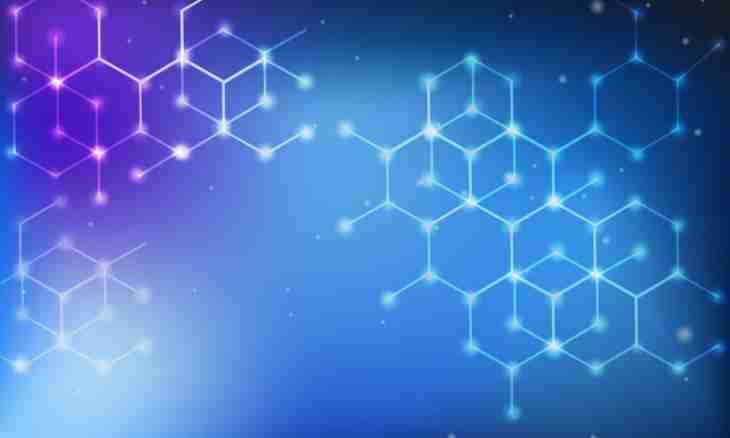Atom is the smallest a substance particle stable (in most cases). A molecule call several atoms connected among themselves. Molecules store in themselves information on all properties of a certain substance.
Atoms form a molecule by means of different types of communication. They differ among themselves in orientation and energy by means of which it is possible to form this communication.
Quantum mechanical model of covalent communication
Covalent communication is formed by means of valent electrons. At rapprochement of two atoms the overlapping of electronic clouds is observed. At the same time electrons of each atom begin to move to areas, belonging to other atom. In the space surrounding them there is an excess negative potential which pulls together positively charged kernels. It is possible only provided that backs of the general electrons of an antiparallelna (are directed in different directions).
Covalent communication is characterized by quite great value of binding energy on each atom (about 5 ev). It means that it is necessary 10 ev that the molecule from two atoms formed by covalent communication broke up. Atoms can come nearer to each other on strictly certain state. At such rapprochement the overlapping of electronic clouds is observed. Paulie's principle says that around the same atom two electrons in an identical state cannot rotate. Than more overlapping is observed, especially atoms make a start.
Hydrogen communication
It is a special case of covalent communication. It is formed by two atoms of hydrogen. On the example of this chemical element in the twenties of the last century the mechanism of formation of covalent communication was shown. Atom of hydrogen is very plain in the building that allowed scientists to solve the Schrödinger equation rather precisely.
Ionic communication
The crystal of the known table salt is formed by all by means of ionic communication. It arises when the atoms forming a molecule possess a big difference in electronegativity. Less electronegative atom (in case of a crystal of table salt it is sodium) gives all the valent electrons to chlorine, turning into a positively charged ion. Chlorine, in turn, becomes a negatively charged ion. These ions are connected in structure by electrostatic interaction which is characterized by quite big force. That is why ionic communication has the largest durability (10 ev on atom that is twice more, than energy of covalent communication). In ionic crystals different defects are very seldom observed. Electrostatic interaction strongly holds positive and negative ions in certain places, without allowing to appear a vacancy, mezhdouzelyyu and to other defects of a crystal lattice.

